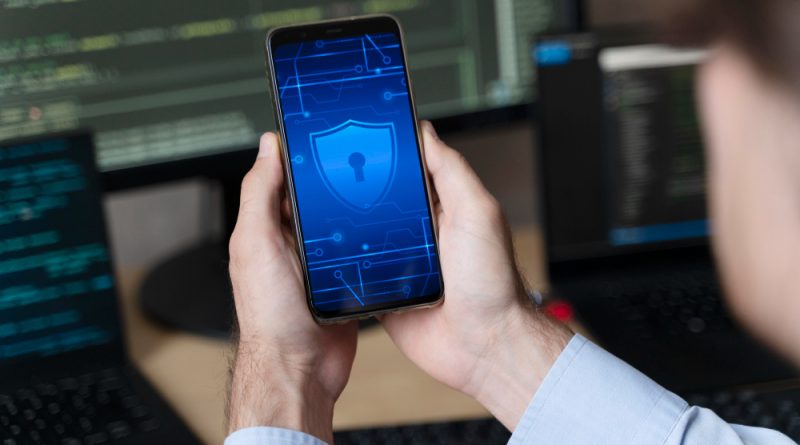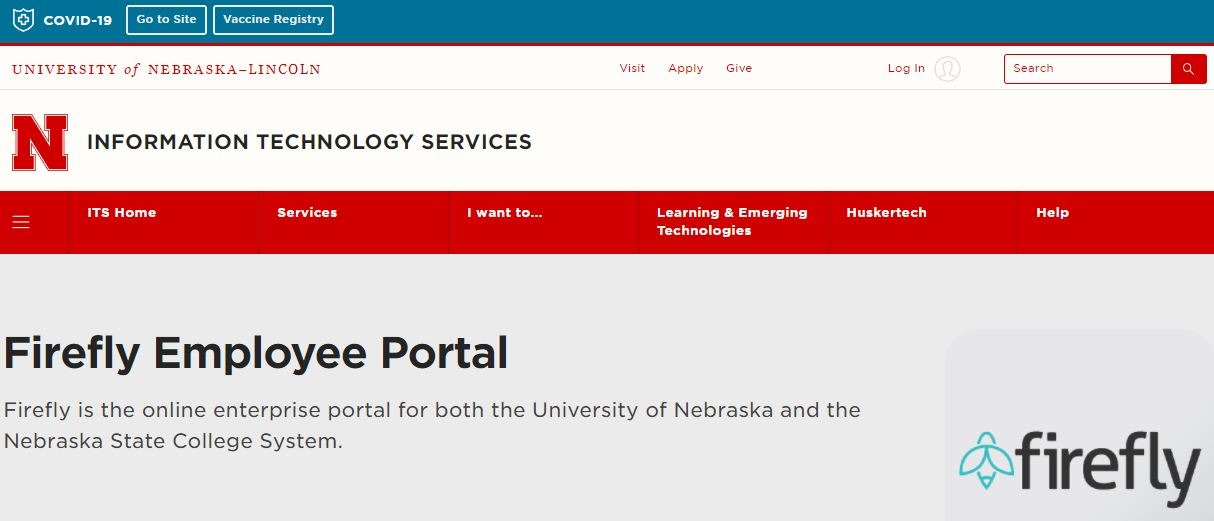Top Ways to Safeguard Your Mobile Apps
In today’s digital age, the importance of securing mobile apps cannot be overstated. With the rapid increase in mobile device usage, these apps have become prime targets for cybercriminals. Whether you’re a developer or a business owner, understanding how to secure your mobile app is crucial to protect sensitive data and maintain user trust. This guide will walk you through the essential steps and best practices to ensure your mobile app is as secure as possible.
Table of Contents
How to Secure Your Mobile Apps
Before diving into the specifics, it’s important to grasp what mobile app security entails. Mobile app security involves safeguarding mobile applications from digital threats, ensuring the confidentiality, integrity, and availability of the data processed by these apps.
Knowing the Threat Environment:
- Data Breach
- Viruses and malware
- Phishing Attacks
Key concepts in mobile app security include secure coding practices, data encryption, authentication and authorization mechanisms, and regular security audits. By incorporating these principles into your development process, you can create robust defenses against potential attacks.
Common Mobile App Security Threats
Several threats can compromise the security of a mobile app. Here are some of the most prevalent:
- Malware and Viruses: Malicious software can infiltrate your app, steal data, or harm your users’ devices. Ensuring your app is free from vulnerabilities that malware can exploit is crucial.
- Data Breaches: Data breaches occur when unauthorized parties access sensitive information. This can lead to identity theft, financial loss, and damage to your reputation.
- Unauthorized Access: This happens when attackers gain access to restricted areas of your app, often due to weak authentication mechanisms.
How to Build a Secure Mobile App
Creating a secure mobile app starts with the development phase. Here are some essential practices:
Secure Coding Practices: Write clean, secure code to minimize vulnerabilities. Use code analysis tools to detect potential security issues early in the development process.
The SDLC, or Secure Software Development Lifecycle:
- Study of Security needs
- Secure Code Reviews
- Security Testing
Choosing the Right Development Framework: Select frameworks and tools that prioritize security. These should offer built-in security features like data encryption and secure communication protocols.
Importance of Regular Security Audits: Conduct regular security audits to identify and fix vulnerabilities. These audits should be part of your ongoing security strategy.
Legal and Compliance Considerations
- Understanding Relevant Laws and Regulations: Stay informed about the laws and regulations that apply to your app, such as GDPR or CCPA.
- Ensuring Compliance with Data Protection Laws: Implement practices that comply with data protection laws to avoid legal penalties and protect user data.
- Documenting Security Measures: Keep detailed records of your security practices and measures to demonstrate compliance and guide future improvements.
Top Tips to Safeguard Your Mobile Apps: Safeguard Mobile Apps from Hackers
Encryption and Data Protection
Importance of Encryption: Encryption transforms data into a format that unauthorized users cannot easily understand. It’s a critical component of mobile app security.
Types of Encryption Techniques: There are various encryption techniques, such as symmetric and asymmetric encryption, each with its own use cases and advantages.
Best Practices for Data Encryption: Always use strong, industry-standard encryption algorithms. Ensure data is encrypted both in transit and at rest.
Authentication and Authorization
- Implementing Strong Authentication Mechanisms: Use strong authentication methods, such as passwords, biometrics, and security tokens, to verify user identities.
- Role-Based Access Control (RBAC): Implement RBAC to ensure users only have access to the resources necessary for their role, minimizing potential damage from compromised accounts.
- Multi-Factor Authentication (MFA): MFA adds an extra layer of security by requiring multiple forms of verification before granting access.
Secure Data Storage
Secure Storage Solutions: Choose secure storage options for sensitive data. This could include encrypted databases and secure cloud storage services.
Encrypting Data at Rest: Ensure that all sensitive data stored on devices is encrypted to protect it from unauthorized access.
Avoiding Common Storage Pitfalls: Avoid storing sensitive data in plain text or insecure locations. Regularly review and update your storage practices.
Safeguard Mobile Apps from the Different Challenges
- Implementing Mobile Device Management (MDM) Systems
- Using Two-Factor Authentication (2FA)
- Programs for Education and Observation
- Keeping an eye on things and responding to incidents
- Never-ending Development
- Superior Intruder Identification and Reaction
- Behavioural Analytics
- Security Information and Event Management (SIEM)
Securing APIs
Importance of API Security: APIs are often a weak point in app security. Ensuring they are secure is vital to protecting data and functionality.
Common API Vulnerabilities: API vulnerabilities can include issues like inadequate authentication, lack of encryption, and improper input validation.
Best Practices for Securing APIs: Use strong authentication and encryption for API calls. Validate all input and keep your API endpoints up to date with the latest security patches.
Mobile App Penetration Testing
- What is Penetration Testing? Penetration testing involves simulating attacks on your app to identify security weaknesses.
- Benefits of Penetration Testing: It helps uncover vulnerabilities that could be exploited by real attackers, allowing you to fix them before they become a problem.
- Steps to Conduct a Penetration Test: Plan your test, execute it using various attack methods, analyze the results, and implement fixes for any identified vulnerabilities.
User Education and Awareness
Educating Users on Security Best Practices: Inform your users about security best practices, such as using strong passwords and recognizing phishing attempts.
Building Security Awareness Programs: Develop programs to keep users informed about potential threats and how to avoid them.
Importance of User Feedback: Encourage users to report any suspicious activity or potential security issues they encounter.
Techniques on Securing Mobile App:
- Applying Secure Coding Practices
- Routine Security Assessments
- Using App Hardening methods
- Enforcing access controls
Regular Updates and Patch Management
Importance of Keeping Software Up-to-Date: Regular updates and patches address security vulnerabilities and improve overall app performance.
Effective Patch Management Strategies: Develop a strategy for timely updates and patches. Automate this process where possible to ensure consistency.
Automating Updates: Automate updates to ensure all users receive the latest security fixes without delay.
Third-Party Libraries and Dependencies
- Risks of Using Third-Party Code: Third-party libraries can introduce vulnerabilities if not properly vetted and maintained.
- Vetting and Managing Dependencies: Regularly review and update your third-party libraries. Use tools to manage and monitor dependencies for security issues.
- Keeping Third-Party Libraries Updated: Ensure that all third-party code is up to date with the latest security patches and updates.
Monitoring and Incident Response
Setting Up Monitoring Systems: Implement monitoring systems to detect and respond to security incidents in real-time.
Incident Response Plans: Develop and maintain a comprehensive incident response plan to address security breaches effectively.
Post-Incident Analysis and Improvement: After an incident, analyze what happened and update your security measures to prevent future occurrences.
FAQs on Mobile App Security
What are the most common mobile app security threats? The most common threats include malware and viruses, data breaches, and unauthorized access.
How often should I perform a security audit on my mobile app? It’s recommended to perform a security audit at least once a year or whenever significant changes are made to the app.
What is the difference between authentication and authorization? Authentication verifies the identity of a user, while authorization determines what resources the user can access.
Why is encryption important for mobile app security? Encryption protects sensitive data by making it unreadable to unauthorized users, both in transit and at rest.
How can I ensure my users are following security best practices? Educate your users on best practices, build awareness programs, and encourage them to report any suspicious activity.
Conclusion
Keeping mobile apps safe from security risks has grown critical as more corporate functions move to mobile platforms. The importance of data security in this day and age, giving mobile app security a top priority not only protects the confidentiality and integrity of business operations but also builds stakeholder and consumer confidence.
Securing your mobile app is an ongoing process that involves multiple layers of protection. From secure coding practices and encryption to user education and incident response, each step is crucial in safeguarding your app from potential threats. By staying informed about the latest security trends and continuously improving your security measures, you can provide a safe and reliable experience for your users.




